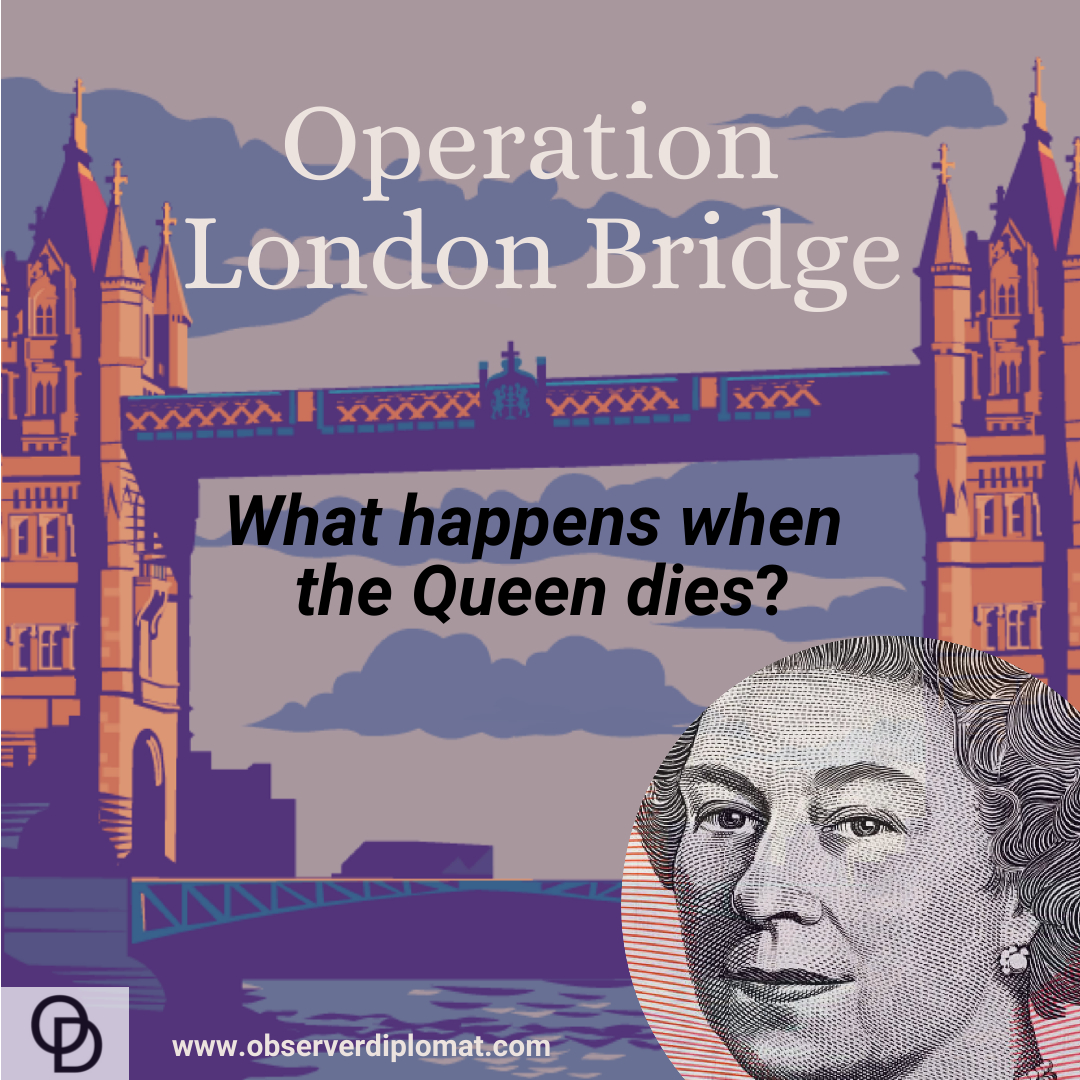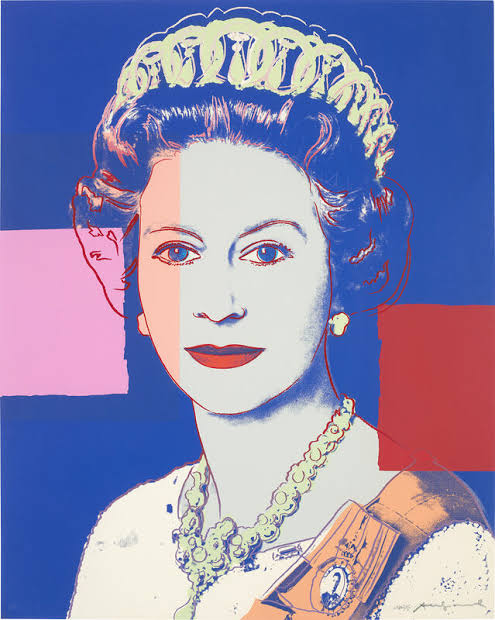When the queen dies, Elizabeth’s private secretary Edward Young will first inform high-ranking government officials, and the message will be communicated across the government using the code phrase “London Bridge is down,” according to a viral 2017 piece in The Guardian.
After the royal household releases an “official notification” to the public about the queen’s death, the British government, will be lowered to half-mast, preferably within 10 minutes.
The prime minister will be the first government official to make a public statement and then will meet with Elizabeth’s eldest son Charles, the next in line to the throne, before he publicly addresses the nation that evening.
The queen’s funeral is tentatively planned to take place 10 days after her death, and in the days leading up to the affair–expected to be held at Westminster Abbey–Charles plans to tour the U.K. and visit Northern Ireland and Wales.
Elizabeth plans to be buried at St. George’s Chapel at Windsor Castle–reportedly her favorite of the royal residences–in the King George VI Memorial Chapel, where her late father, King George VI, the Queen Mother and her sister Princess Margaret were all laid to rest (the body of Elizabeth’s late husband Prince Philip, who died last year, will be moved to the same vault as his wife).
The initial London Bridge plans were first outlined in the 1960s, according to The Guardian, and since around 2000 meetings about the plans have taken place two or three times a year.
















